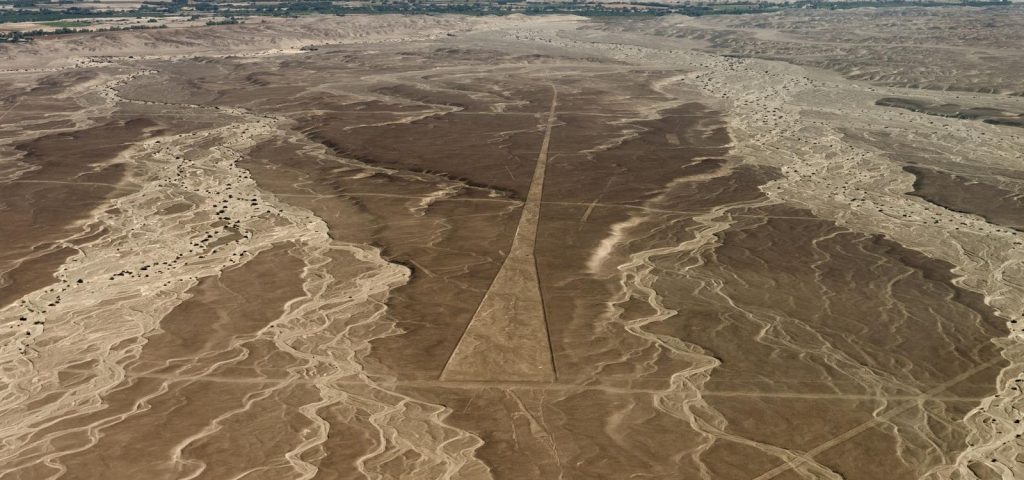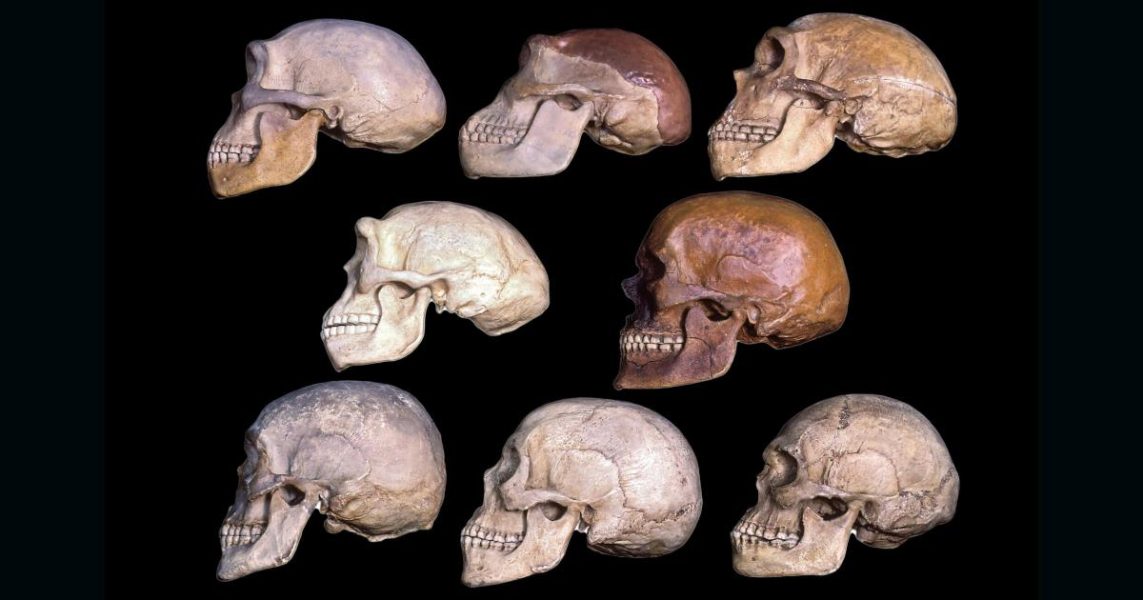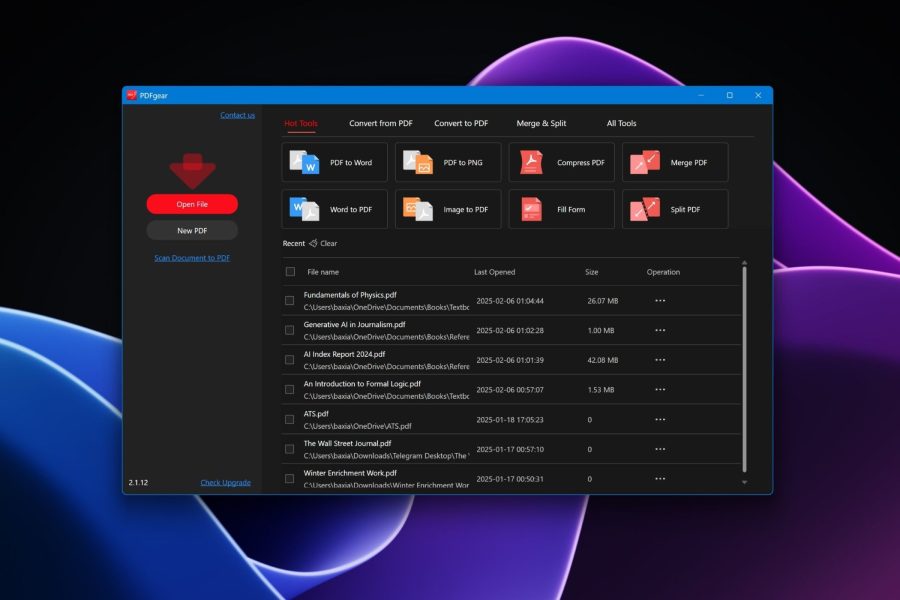Why A 9-Million-Year-Old Great White Shark Ancestor Was Found In A Desert—A Biologist Explains – Forbes

One might assume that marine fossils are exclusively unearthed in sedimentary coastal or underwater … [+] deposits. This is far from the truth.One might assume that marine fossils are exclusively unearthed in sedimentary coastal or underwater deposits. Yet, counterintuitively, vast, arid landscapes of deserts are proving to be some of the best places to find relics from the ancient seas.It’s a narrative underscored by a recent discovery—that of a well-preserved 9-million-year-old fossil of Cosmopolitodus hastalis, an ancestor of the great white shark, in the Pisco Basin of Peru.Many of today’s deserts were once, in fact, thriving marine environments, and many have played large roles in reshaping our understanding of prehistoric ecosystems and the plate tectonics that transforms coasts into deserts over geological time scales.The Pisco Basin in Peru is one of the world’s premier paleontological sites, drawing the attention of biologists, geologists and fossil enthusiasts. Nestled along the Pacific coast, the basin’s sedimentary layers preserve an extraordinary record of marine life dating back millions of years.It was within these layers that the recently discovered fossil of Cosmopolitodus hastalis was found—a species that roamed the oceans during the late Oligocene to the early Pleistocene epochs. This discovery is pivotal, as it provides a direct glimpse into the marine biodiversity that once thrived in a region now characterized by dry landscapes and dramatic coastal cliffs.The geological history of the Pisco Basin is as dynamic as it is complex. Over millions of years, tectonic shifts have molded this area, lifting the seafloor to create what is now a terrestrial expanse. However, the fossiliferous sediments deposited in the previously marine environment have remained largely undisturbed.This preservation is a testament to the unique conditions in the basin: rapid sedimentation rates coupled with minimal biological disturbance have allowed for the exquisite conservation of marine fossils.In the past, it may have seemed like an easy decision to overlook deserts when searching for relics of ancient marine ecosystems. But science now knows that vast arid regions like the Sahara, Atacama and Gobi deserts are veritable time capsules that preserve evidence of long-submerged seafloors.Plate tectonics have played a central role in this transformation of sea to desert. Over millions of years, the gradual shifting of the Earth’s plates has led to dramatic changes in the landscape. Regions that were once deep marine basins have been uplifted to form deserts, exposing sedimentary layers that once lay at the bottom of oceans.Take the Sahara, for example. Today, it is the largest hot desert in the world. But geologists have discovered extensive deposits of marine fossils here that testify to its aquatic past.Fossilised whale remains found in the paleontological site of Wadi Al-Hitan (Whale Valley), Sahara … [+] desert, Egypt.Similarly, the Atacama Desert, renowned for its extreme aridity and clear skies, was once part of an ancient coastline. The Gobi Desert, too, has yielded remarkable fossil finds—ranging from dinosaur remains to marine invertebrates—demonstrating that it, too, was shaped by an ancient sea.One reason why these deserts are such excellent repositories for marine fossils is the exceptional preservation conditions that persist throughout the year. The lack of moisture and low biological activity in these regions minimize the degradation and erosion of fossil-bearing sedimentary layers.Additionally, the rapid lithification—where sediments turn into rock—preserves fine details of fossil structures, allowing paleontologists to reconstruct past marine ecosystems with astonishing accuracy.The notion that deserts might yield some of the most significant marine fossil finds in history is no longer a fringe idea—it is a rapidly growing field of discovery. Beyond the recent find in the Pisco Basin, several other extraordinary discoveries have emerged from deserts around the globe.For instance, in the Sahara, paleontologists have uncovered extensive beds of ammonite fossils and intricate invertebrate assemblages that date back to the Cretaceous period. These finds have provided vital clues to the marine life that once flourished in the Tethys Sea, which once separated the disparate northern and southern super-continents of Laurasia and Gondwana.In the Atacama Desert, fossilized remains of marine reptiles and fish have been identified, offering a glimpse into the diversity of life during periods of significant climatic fluctuation. These fossils helped bridge gaps in our understanding of how marine ecosystems responded to global environmental changes.Meanwhile, the Gobi Desert, famed for its dinosaur discoveries, has also yielded fossilized remains of ancient marine organisms. The stratified deposits in these regions have allowed researchers to not only date these finds with impressive precision but also to study the interplay between marine and terrestrial ecosystems during periods of dramatic environmental change.Deserts, with their unique geological histories, act as natural time capsules and seem to preserve the remnants of ancient oceans in a state often more pristine than in other environments.They are invaluable to biologists and paleontologists, offering insights into the evolution of marine life over millions of years and challenging our preconceived notions about where we should be looking for the remains of long-extinct species.This is a reminder that Earth’s history is written not only in lush, verdant environments but also in the stark, seemingly barren expanses of deserts.Does reading about how the Earth’s landscape has altered unimaginably over the eons fill you with a sense of awe? Do you feel a deep appreciation for the beauty of our planet and the machinations that keep it ticking? Take the free, science-backed Connectedness To Nature Scale test and find how important nature is to you.One Community. Many Voices. Create a free account to share your thoughts. Our community is about connecting people through open and thoughtful conversations. We want our readers to share their views and exchange ideas and facts in a safe space.In order to do so, please follow the posting rules in our site’s Terms of Service. We’ve summarized some of those key rules below. Simply put, keep it civil.Your post will be rejected if we notice that it seems to contain:User accounts will be blocked if we notice or believe that users are engaged in:So, how can you be a power user?Thanks for reading our community guidelines. Please read the full list of posting rules found in our site’s Terms of Service.






